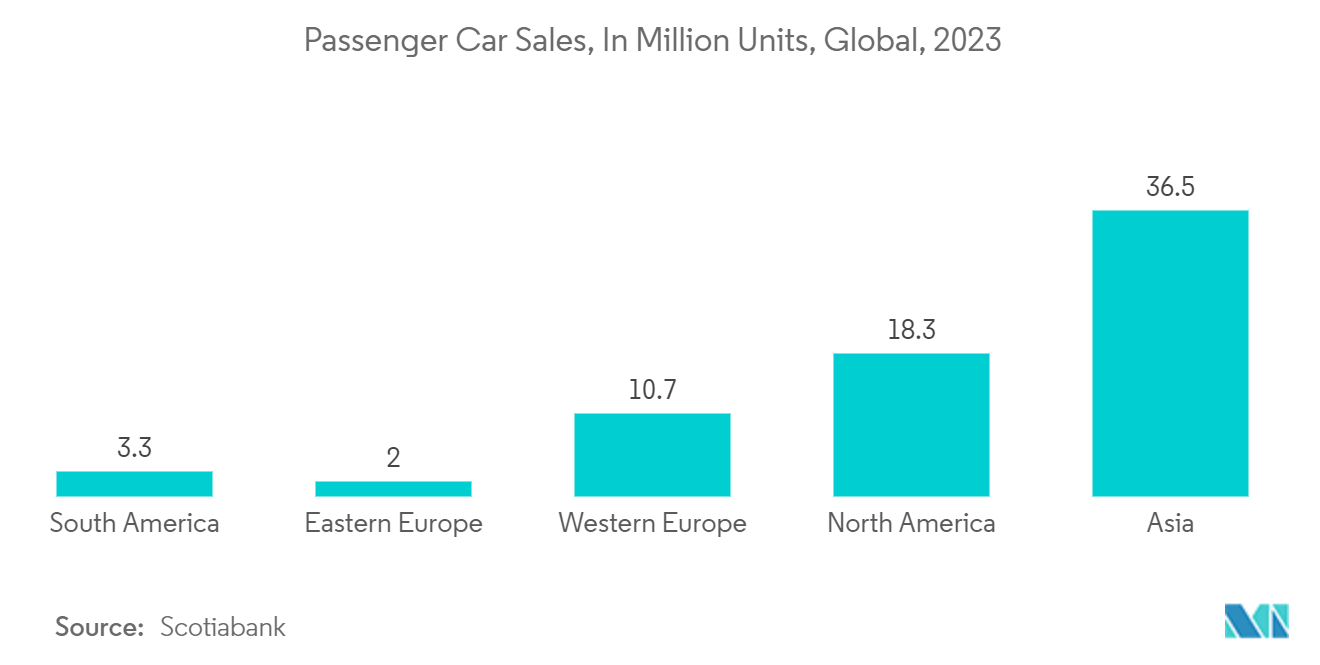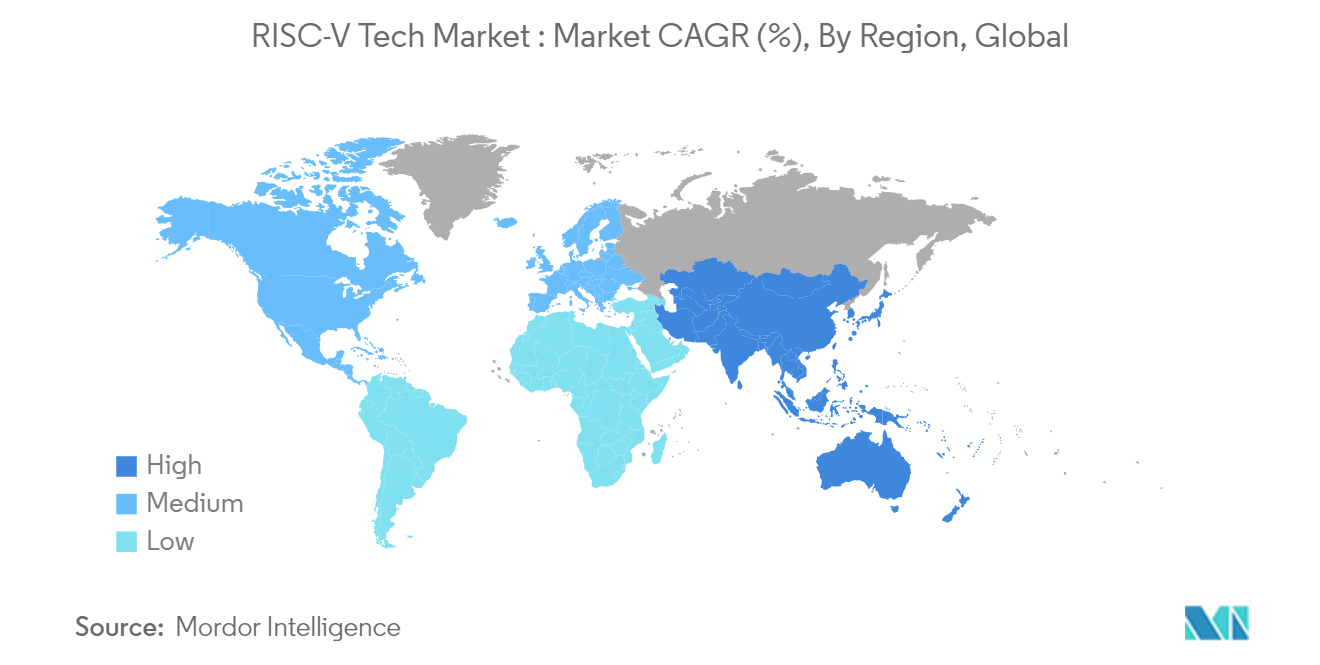Market Trends of RISC-V Tech Industry
The Automotive & Transportation Industry is Expected to Witness High Growth
- Growing automotive production and the addition of advanced features are some of the major factors driving the demand for RSIC-V technology in the automotive sector. The RISC-V ecosystem is a source of technology and expertise that can support and enable any development in automotive computing. In automobiles, RISC-V technology enables the development of customized, highly specialized extensions and addresses key industry challenges such as power consumption, functional safety, and security in highly specialized automotive SoCs.
- The demand for RISC-V in vehicles is increasing as it offers the perfect balance of processing, configurable at the core level, from simple, low-power sensors and actuators to zone controllers, domain controllers, and centralized high-performance computing in vehicles.
- The automotive industry has shown interest in RISC-V for applications including advanced driver assistance systems, infotainment systems, and powertrain control. RISC-V's open-source code and customizable instruction set enable automakers to optimize their processors for specific needs such as real-time processing, safety-critical operations, and low power consumption.
- With the trend of autonomous vehicles gaining prominence in recent years, the importance of vehicle safety becomes even more crucial as autonomous vehicles are anticipated to contain a large number of electronic/control units. Hence, further work in this area will create opportunities in the studied market. Moreover, Intel estimates that global car sales will reach approximately 101.4 million units by 2030, and autonomous cars are predicted to account for around 12% of car registrations by that year.
- Furthermore, governments around the globe are taking measures to speed up the deployment of autonomous vehicles, which will fuel demand for ADAS. The UK Government recently announced the launch of automated lane-keeping system (ALKS) technology, which will help expedite the deployment of self-driving cars in the region. Designed for use in slow traffic, ALKS allows a vehicle to drive itself in a single lane while retaining the ability to return control to the driver when necessary.
- Furthermore, the Indian government is also actively promoting the adoption of ADAS through various regulations and policies. Initiatives are expected to mandate certain ADAS features in new vehicles, reflecting global trends. This regulatory push is expected to accelerate the widespread adoption of RISC-V.

Asia-Pacific is Expected to Witness Significant Growth
- The RISC-V Tech market in the region is expected to grow due to increasing sales of consumer electronics and automotive, government initiatives to promote electronics manufacturing and the presence of several companies and investments in other industries. Key players in the region's market include China, India, South Korea, and Japan, which have made significant strides in the semiconductor industry. The region commands substantial market share due to the widespread adoption of advanced electronic devices.
- According to the Indian Brand Equity Foundation (IBEF), India has aimed to achieve a target of USD 300 billion in electronics manufacturing and USD 120 billion in exports by 2025-26. Furthermore, the Union Budget 2023-24 has earmarked INR 16,549 crore (USD 2 billion) for the Ministry of Electronics and Information Technology, representing a substantial annual increase of approximately 40%. Numerous companies are consistently making significant investments in establishing manufacturing facilities, which will further support the market’s growth.
- Moreover, the government in the region is focusing on taking the initiative to increase the adoption of RISC-V technology, which will further support the market’s growth. For instance, in November 2023, the government of India announced the flag of the Nationwide Roadshow on Digital India’s RISC-V (DIR-V) Program. RISC-V (DIR-V) Program will offer opportunities to startups & entrepreneurs, and students to further catalyze the semiconductor ecosystem in India.
- Similarly, in November 2023, the Chinese government announced its comprehensive plan to develop domestic chips around RISC-V. The government has funded RISC-V chip development efforts, and many universities and science labs are also focusing on chip development around RISC-V.
- In addition, the Chinese Academy of Sciences (CAS) is also developing an advanced RISC-V chip called XiangShan-v3 in collaboration with top Chinese companies, including Alibaba, Tencent, and ZTE.
- Furthermore, the expansion of data centers in the region will drive the market’s growth. For instance, in March 2024, Colt Data Centre Services (Colt DCS) announced the expansion of its presence in Southern India with the acquisition of a new 10-acre plot in Chennai. It plans to deliver a hyperscale data center in the fast-growing digital hub of Ambattur, Chennai, by 2027.


